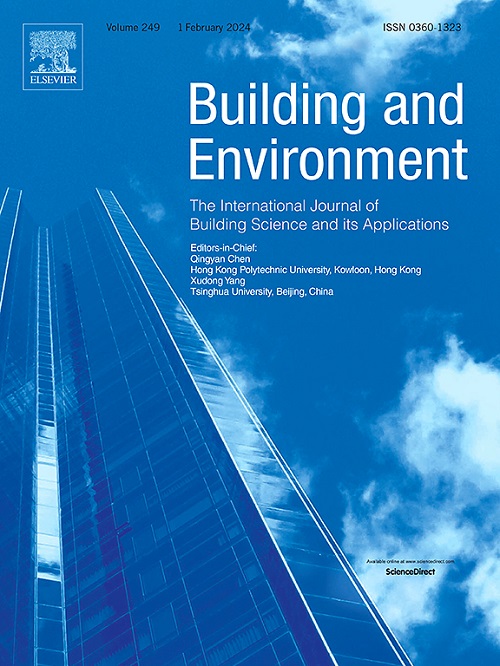Phy-APMR: A physics-informed air pollution map reconstruction approach with mobile crowd-sensing for fine-grained measurement
IF 7.1
1区 工程技术
Q1 CONSTRUCTION & BUILDING TECHNOLOGY
引用次数: 0
Abstract
Fine-grained air pollution map reconstruction is critical for urban pollution management and healthy building construction. Recent advancements in air pollution measurement, such as mobile sensing platforms that equip sensors on urban vehicles (e.g., taxis, buses), have greatly enhanced data collection for pollution analysis. However, two major challenges remain: (1) the uncontrolled mobility of vehicles leads to data sparsity in certain areas and times, reducing the effectiveness of data-driven reconstruction methods, and (2) training these methods is often time-consuming, hindering frequent updates needed for improved accuracy. In this paper, we propose Phy-APMR, i.e., a fine-grained physics-informed air pollution map reconstruction approach, which combines the advantages of a physical air pollution propagation model and a deep-learning model to mitigate the data sparsity issue. In addition, to make our method feasible for a high-frequency updating strategy to further improve the reconstruction accuracy, we propose ASUS (adaptive short-time update sampling), a novel collocation point sampling algorithm, speeding up the convergence of the training for Phy-APMR. Experiments are conducted in three cities, showing that Phy-APMR surpasses the state-of-the-art by 15% in reconstruction accuracy and 84% in convergence efficiency.
求助全文
约1分钟内获得全文
求助全文
来源期刊

Building and Environment
工程技术-工程:环境
CiteScore
12.50
自引率
23.00%
发文量
1130
审稿时长
27 days
期刊介绍:
Building and Environment, an international journal, is dedicated to publishing original research papers, comprehensive review articles, editorials, and short communications in the fields of building science, urban physics, and human interaction with the indoor and outdoor built environment. The journal emphasizes innovative technologies and knowledge verified through measurement and analysis. It covers environmental performance across various spatial scales, from cities and communities to buildings and systems, fostering collaborative, multi-disciplinary research with broader significance.
 求助内容:
求助内容: 应助结果提醒方式:
应助结果提醒方式:


